Contest Life
“It was the first and only athlete I signed without seeing ski in person,” says Oakley’s Greg Strokes. “His edit was that progressive. I knew he was going to go places.”
Sammy earned his first major win—and black eye—in 2006 at the King of Style big air in Sweden, having stepped in after a taxi driver punched Dumont. He placed second at the US Open slopestyle contest in Vail that same year. Between 2007 and 2010, he won three X Games slopestyle medals and podiumed at several Dew Tour stops too, all while filming with Poor Boyz Productions (PBP) and MSP Films.
“Sammy was different from everyone in that he was still there doing contests and fulfilling sponsor obligations, but the second he could, he’d peel out of town and go film,” says Riley Poor, a global video production manager at Nike, Sammy’s sponsor from 2006 to 2015.
Those were the days Sammy lived on processed sugar and little else. Poor remembers shoveling two full days on a glacier near Whistler for an MSP shoot with Sammy and Dumont. “Sammy was living on Skittles, never wore sunscreen and just [tweaked] out all day,” says Poor. “On any trip with him, we always went to the grocery store to get him all his ‘snacks.’ On one of our first Nike trips, he grabbed a serving bowl, dumped in a whole bag of marshmallows and a box of Rice Krispies and put it in the microwave.”
“He was a very picky eater,” says Judy. “His diet consisted of peanut butter, Oreos, Skittles and hot dogs with the skin off.”
She packed just that but replaced the hot dogs with fruit snacks for a PBP shoot in China. “All hell broke loose when I ate his Oreos,” remembers Dumont. As rumors of his team managers packing his bags, rebooking missed flights and shopping for special cereal circled, Sammy gained a reputation inside the industry for being “high maintenance.”

“In the early days, he was kind of a pain in the ass,” says skiing icon and filmmaker Mike Douglas, who traveled with Sammy on Salomon outings. “He’s mellowed now. There’s a level of selfishness in top athletes, and while it might not be the most liked human characteristic, it’s a trait that’s pretty common in the best of the best.”
“It’s a phase you have to grow through,” says Dumont. “When people are telling you you’re awesome at such a young age, you believe it, and it’s hard not to get an attitude. I’ve been there, too. It’s just growing pains. He’s matured a lot since then.”
Poor says it all stems from passion. “Most people don’t know he’s an insanely genuine person,” he explains. “He genuinely cares about people, especially his family. He makes time to be a real friend and connect with people. He’s got a lot of genuine friends who care for him and respect him.”
That’s what Jenny Taylor, his former team manager at Salomon, remembers most. “He’s a really inclusive skier,” says Taylor. “Anytime he was meeting fans, I was so impressed with his attitude toward them. He was always encouraging the next generation of skiers, especially his coaching of young athletes at Windells. I have a lot of memories of him helping others.”
One characteristic that’s remained constant, says Tom Yaps, Sammy’s agent from 2009 to 2014 and a current advisor, is his driven nature. “Sammy is incredibly demanding of himself and the people around him,” says Yaps. “He’s super goal oriented. There are a million things he wants to accomplish, and he doesn’t take no for an answer.”
In 2009, while Sammy was at Mammoth Mountain, he convinced Snowboarder Magazine editor Pat Bridges to let him hit the magazine’s famous Superpark features on the last day of the event. As the first skier to ever partake in the event, he put up with the heckling (“skier grab!”) and earned an unofficial invite to the second half of the event the following year—followed by an official invite the year after that.
“You can’t not respect him because he’s going bigger than everybody else,” says Humphreys. “People might try to talk shit, but they instantly shut up when he [does] way sicker stuff than anyone on a snowboard.”

Sammy hosted the Sammy Carlson Invitational in 2012 and 2013, which evolved from a big air contest planned at Mt. Hood in 2010. When weather conditions delayed, then cancelled the event, Sammy took advantage of the 110-foot jump and stomped skiing’s first switch triple rodeo 1260, a trick that dropped jaws throughout the industry. As Sammy told ESPN the following week, “I didn’t do the triple thinking about a contest or anything like that. I did it for me. I wanted to feel it one time because I was sure I could do it.”
In 2011, during his sixth appearance at the X Games, Sammy differentiated himself from the double-rodeo-throwing field with a slew of technical jibs, including a 450 on, 630 off of a rainbow-esque rail. He finally took home slopestyle gold—and a bronze in big air to boot. His entire family joined in celebrating a childhood goal realized.
The 2012 X Games brought Sammy’s first major ski injury—a torn MCL after a crash during big air finals. Fueled by frustration for missing the slopestyle podium, Sammy went too big and left the course in a sled, writhing in pain. He posted up at Tanner Hall’s house near the US Ski and Snowboard Team’s Center of Excellence, in Park City, UT, and rehabbed the rest of the season. The following winter, also at X Games, Sammy broke his ankle during slopestyle practice, four days before the event.
Sammy was disappointed to sit out of the competition season, but he was devastated about potentially missing the inaugural X Games Real Ski Backcountry contest, a video competition hosted by ESPN that called upon eight of the world’s best backcountry-centric freestyle skiers to submit a 90-second film segment. But after a scope and intense physical therapy, Sammy surprised himself and landed a backcountry jump three weeks after suffering his injury. Sammy holed up in Whistler, BC, for a month, something he hadn’t done in years, and put together a video part that won the event’s first gold medal. The victory validated a decision he’d made privately. The next year, just as slopestyle skiing made its way into the Olympics, Sammy announced he was retiring from competition.
“Contests weren’t the same for me,” says Carlson. “When I was younger, I was always stoked on the bigger jumps and gnarlier rail sections, but as I got older and the features got smaller, I wasn’t challenged. The overall feeling I got doing a trick wasn’t the same as I felt in the backcountry. I didn’t feel that same floatiness I feel when I hit a step-up. I wanted to focus on filming and putting together strong segments that push the tricks, the lines and the features to the next level. People thought it would be hard to continue to be a pro athlete [by going this route], but I try to stay true to what I feel inside as a skier and not be pressured too much by the industry.”
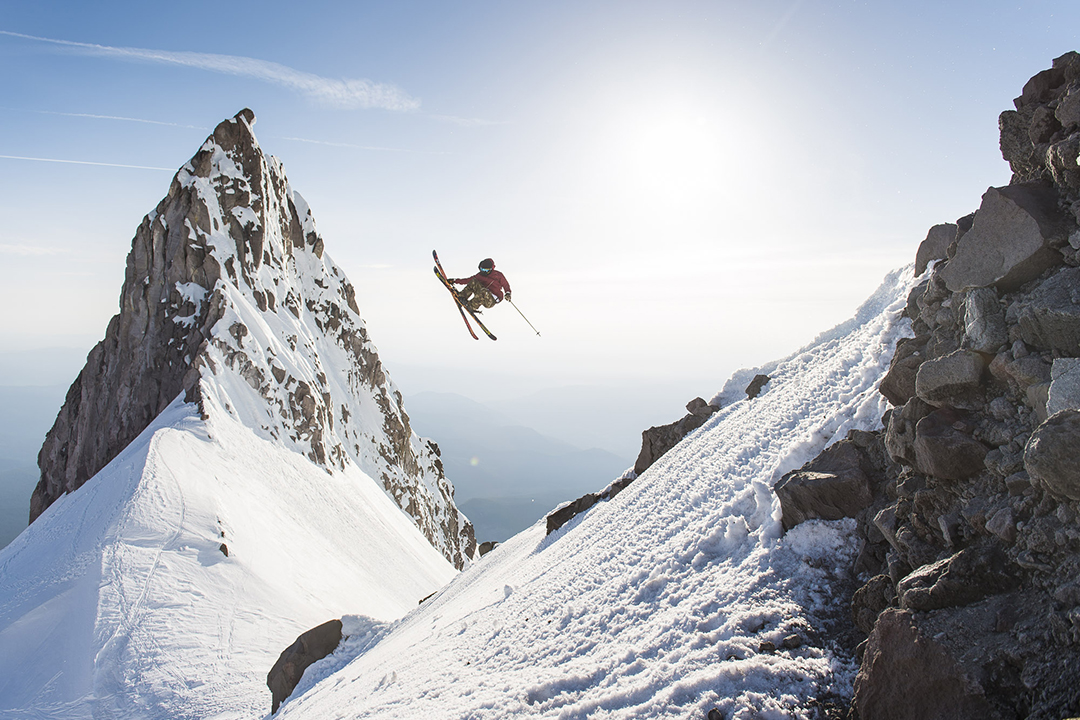
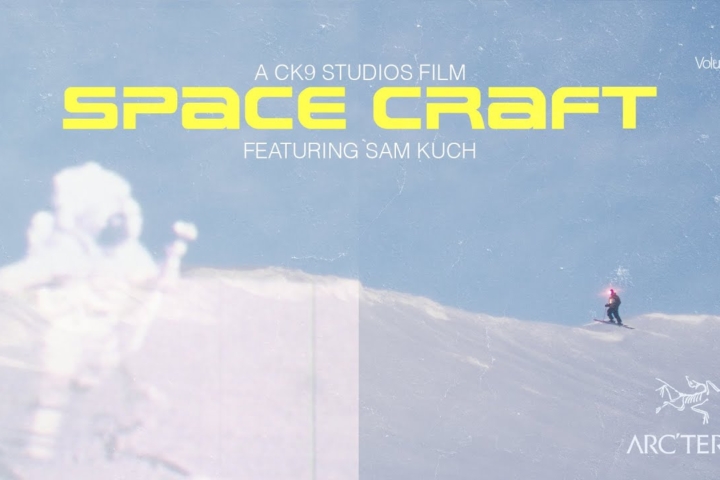

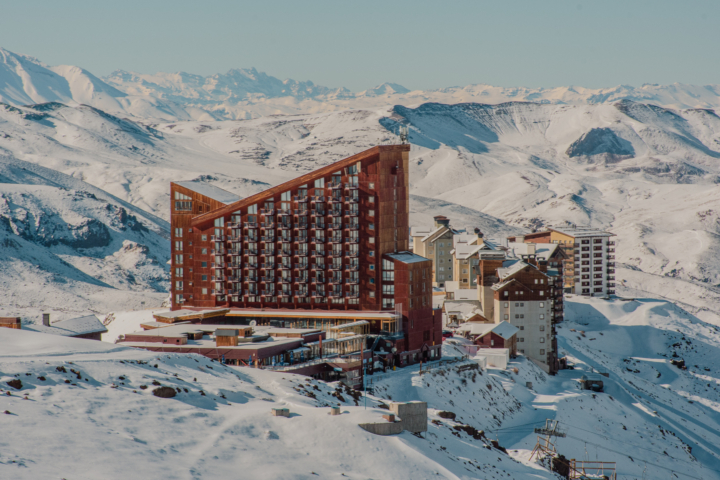


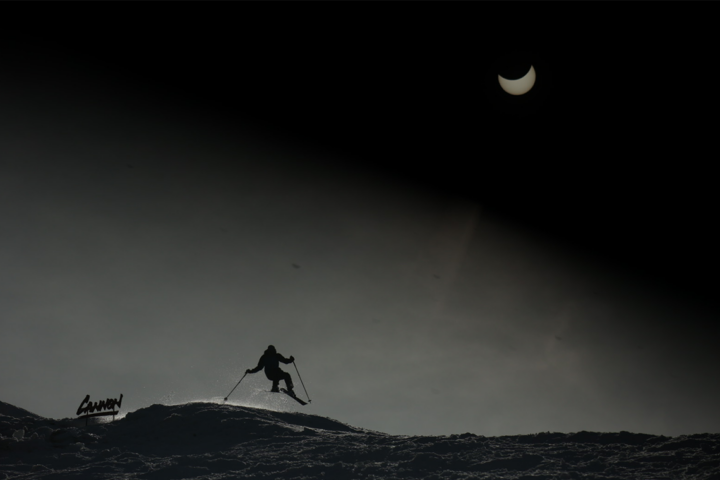


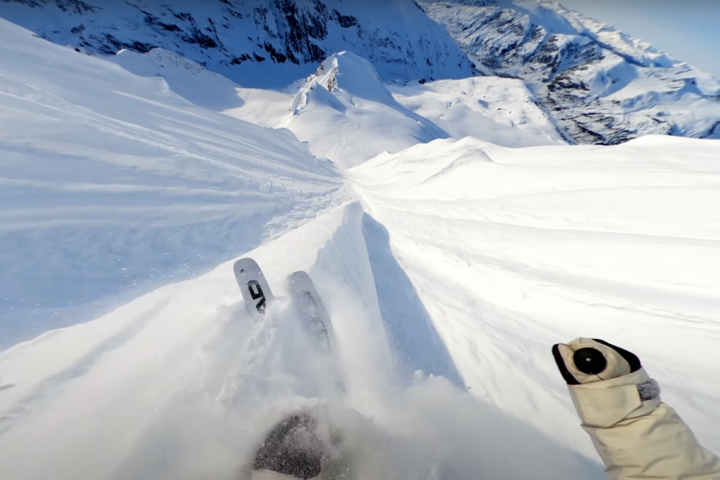
5 thoughts on “Autonomous Skier: The Evolution of Sammy Carlson”
Comments are closed.